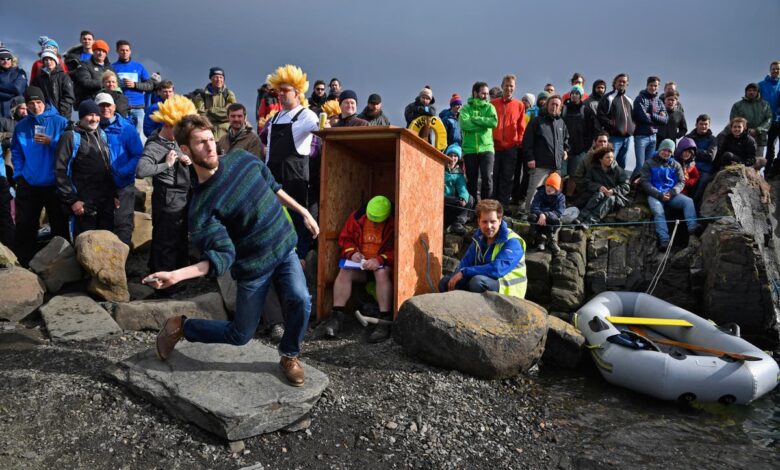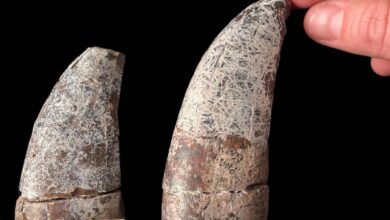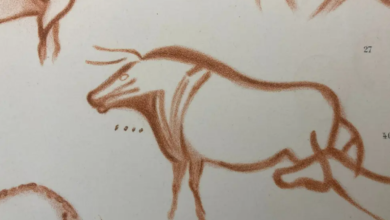Secret to perfectly skimming stones uncovered by scientists

Heavier and curvier stones, rather than flatter rocks, skim across water surface more successfully, according to a new study.
Skimming, or rock “skipping,” happens following their low-angle impact with a body of water and their exit as they bounce off the water surface.
Experienced stone throwers know that the size and shape of rocks play a part in their ability to skim across water.
Until now, flat and round pebbles have been widely held as the best suited for stone ”skipping” for long distances, capable of bouncing a number of times across the water surface before they sink.
But the new study, published on Wednesday in the journal Proceedings of the Royal Society A, found that bigger and curvier rocks achieve the best results.
Researchers, including Ryan Palmer from the University of Bristol, developed a mathematical model to predict quantitatively how an object’s shape and mass affected whether it successfully skimmed.
They found a relationship between the mass of the stone and the curvature of its underside to determine whether it could skim or fail in doing so.
The study found that heavier stones – which may otherwise sink – can skim given the right curvature on its underside.
“Increased convex curvature of the underbody implies an increased likelihood that the skim will be successful,” researchers wrote in the study, adding that the precise conditions at entry also play a part.
Researchers add that a “Good technique” is assumed in the study, and that the speed and angle at which a stone is thrown also play a critical role in whether it skims.
The findings suggest that a stone that is, for instance, heavier than a succesfully skimming pebble by a factor of 8 can still skip provided its convex curvature is 4 times greater than that of the pebble.
“The study here which covers all smooth shapes of body in principle shows that shape is an important influence in the early and middle phases of a successful skim but less significant during the final exit phase as the body rebounds from the water,” scientists added.
Researchers beleive the new findings also have applications across industries, including in better understanding the bouncing of meteors on Earth and other heavenly bodies, as well as in the landing of aircrafts in water bodies.
The results also help shed better light on how ice builds up on aircraft with altitude and how this can be mitigated.
“In this case, the skimmer is an ice crystal and the water a layer on the aircraft. Aircraft icing is a fascinating topic, bringing together maths, physics and engineering and worth a deepdive,” Dr Palmer said.





